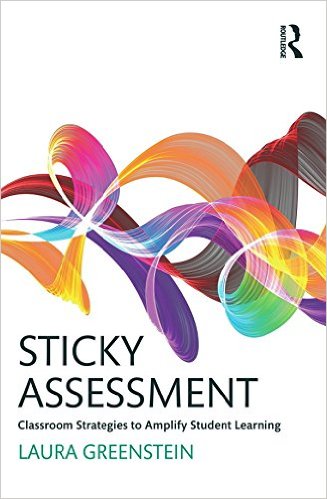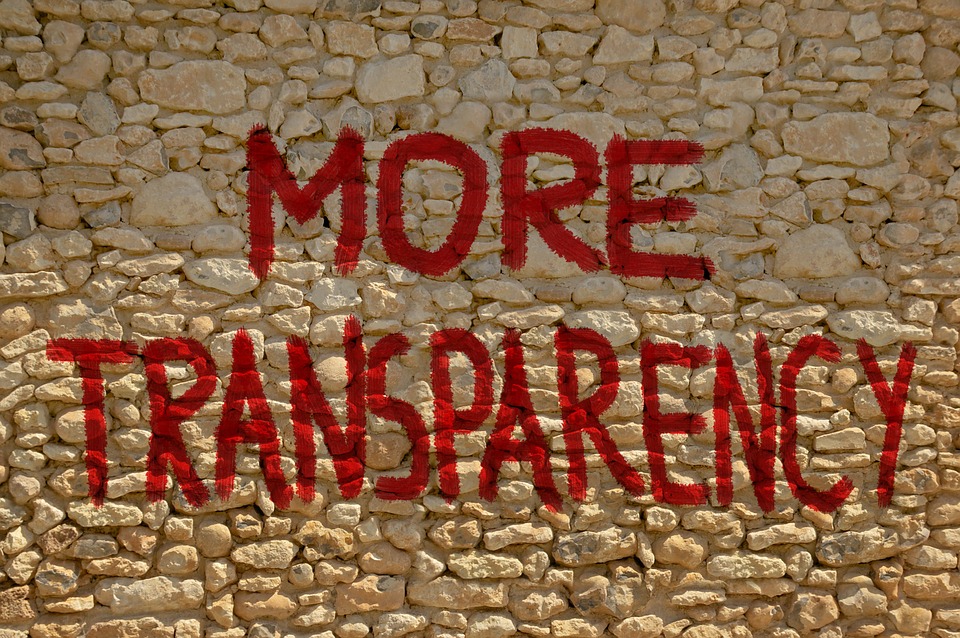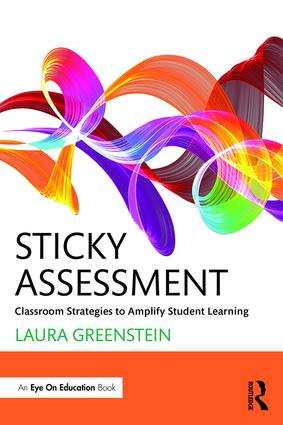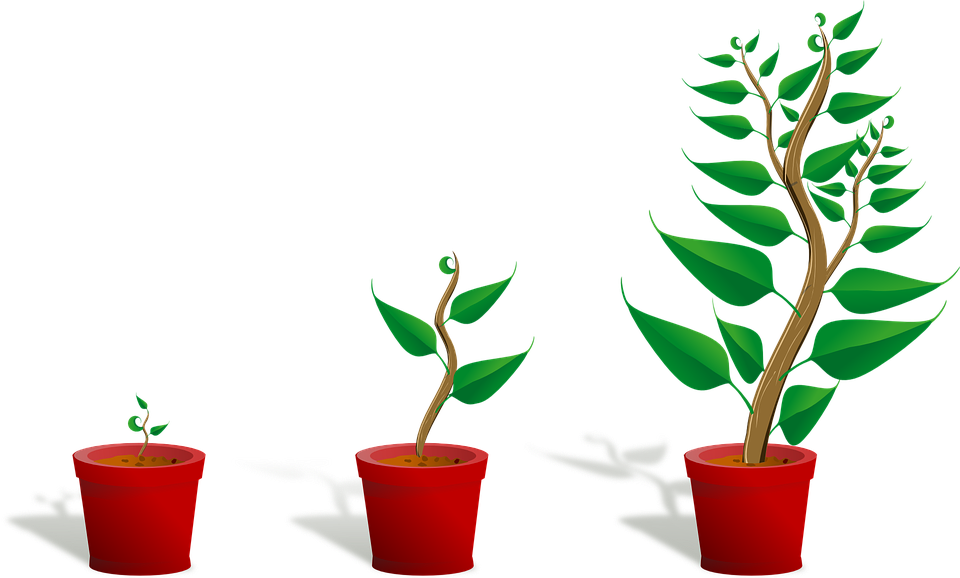Restorative Assessment
Restorative justice dates back to ancient times when it was believed that any crime harmed the whole community. As a strategy to resolve conflicts and repair harm, restorative practices took hold in the criminal justice system in the 1990s. In nursing, it refers to a healing process where treatments respond to identified needs. It now holds promise as an educational practice that combines the best ideas from both justice and health care
In schools, restorative practice refers to actions that foster a positive school climate and culture. Much of the literature refers to at-risk students and low performing schools. However, at the same time that restorative justice empowers students to resolve conflicts, it also applies to their encounters with assessments that can be disappointing, frustrating, challenging, and even devastating.
Too many students, in all types of schools, have been harmed by traditional assessment methods and have become demoralized by their lack of success. They stumble through the mandatory tests. But with appropriate interventions and support all learners can overcome the harm and realize their best selves.
A restorative approach to assessment requires a paradigm shift from assessments that show deficiencies to ones that illuminate strengths. This requires a transition from one right answer to the exploration of possibilities. It is built on personalized goals, meaningful learning strategies, and appropriate interventions that culminate in relevant and accurate assessments. It becomes a therapeutic, refocusing on growth not solely final scores, and restoring student’s confidence. Restorative strategies, integrated into the daily routines of teaching, learning, and assessing, include:
Learning targets are clear and visible to students, success criteria and exemplars show what they are aiming towards, and assessment methods are evident and accessible from the start.
Formative assessment is embedded throughout teaching and learning, strategies for improvement are mutually planned and utilized, and progress markers are used to acknowledge improvement.
Multiple methods are used to assess learning. Scaffolds are in place to support progress and interventions are available when progress doesn’t align with the learning plan and blueprint.
Without fear or favor it is time to restore balance, put students at the center, and return assessment to its foundations. https://www.assessmentnetwork.net/toolbox/fundamentals/foundations-of-assessment/


 ladders such as classroom management, instruction, assessment, and school improvement plans. Upskilling assessment means stretching beyond comfortable practices to those that engage students in reaching higher levels of learning, include reciprocal assessment, incorporate multiple methods throughout levels of the taxonomy, and meaningful responses to student progress and lingering gaps.
ladders such as classroom management, instruction, assessment, and school improvement plans. Upskilling assessment means stretching beyond comfortable practices to those that engage students in reaching higher levels of learning, include reciprocal assessment, incorporate multiple methods throughout levels of the taxonomy, and meaningful responses to student progress and lingering gaps. When assessment that is about the learner rather than the teacher, it becomes more relevant, engaging and mutual. When assessment is focused on improvement, varied strategies are used to assess divergent learning outcomes that are clear to the teacher and student from the start. This requires deconstructing large-scale standards into assessable portions. For example:
When assessment that is about the learner rather than the teacher, it becomes more relevant, engaging and mutual. When assessment is focused on improvement, varied strategies are used to assess divergent learning outcomes that are clear to the teacher and student from the start. This requires deconstructing large-scale standards into assessable portions. For example:
 By taking these four steps, teachers can utilize best practices in the classroom that refocus assessment on the student and their learning rather than the teacher and their strategy.
By taking these four steps, teachers can utilize best practices in the classroom that refocus assessment on the student and their learning rather than the teacher and their strategy. When learning targets are clear, students can monitor their progress and regulate learning. The teacher’s role is to help learners diagnose errors and recognize the value of mistakes as learning opportunities. If a student recognizes their own “Whoops” and can adjust their own learning, it is more personalized than when a student simply utilizes the teacher’s feedback about the right formula to use or the rules for commas and clauses.
When learning targets are clear, students can monitor their progress and regulate learning. The teacher’s role is to help learners diagnose errors and recognize the value of mistakes as learning opportunities. If a student recognizes their own “Whoops” and can adjust their own learning, it is more personalized than when a student simply utilizes the teacher’s feedback about the right formula to use or the rules for commas and clauses.


